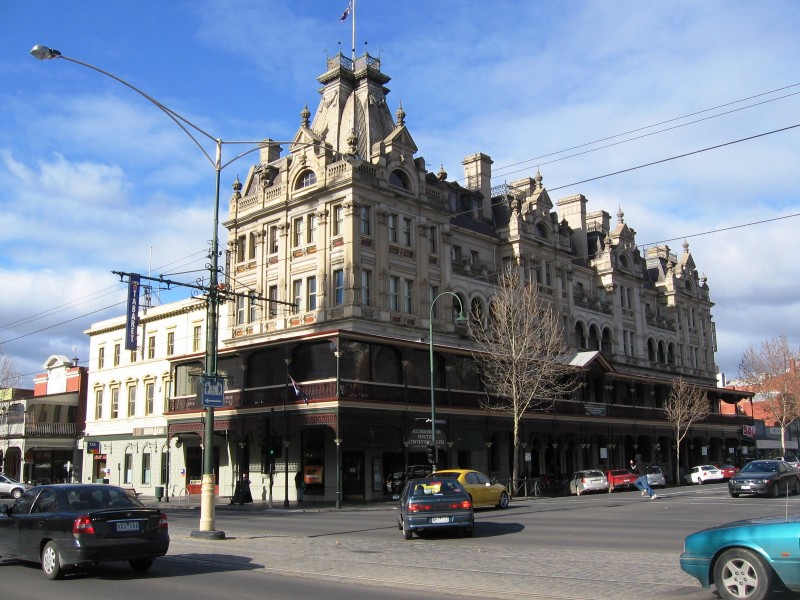
The history of the European occupation of the continent of Australia is relatively brief, but one of the defining periods that shaped the nation as we know it today was the gold rush period that began in 1851.
Workforce migration, national identity, and great wealth — a heady combination in a country where the rules of old-world Europe clearly didn’t apply.
It was around November 1851 that news of gold deposits being found in the Bendigo Creek area began to emerge and the Bendigo Gold Rush began.
Today, Bendigo is one of Australia’s leading regional centres — a short distance from Melbourne, the capital of state of Victoria.
Bendigo may not be one of the destinations at the top of your list when planning your Australian expedition, but if you’re interested in the gold-rush history of this part of the world, then here’s a few reasons why a visit to Bendigo is worth including in your itinerary:
Built on gold
By mid-1952 it was estimated that there were 40,000 gold prospectors working the Bendigo Creek goldfield, and what had previously been a sparsely inhabited sheep station had quickly grown into a city of tents. As the wealth began to flow from the soil, the infrastructure of the city emerged — law enforcement, a postal service, a hospital, a bank, town planning and public buildings. By 1863 a town hall had been built and the city of Bendigo emerged.
The legacy of Bendigo’s gold rush foundations can be clearly seen throughout the city. Grand, ornate buildings such as the town hall, the post office, the law courts, the Shamrock Hotel, and the cathedral, are all testaments to a city built during a period of prosperity and confidence.
You can get a first hand taste of what life was like in the gold mines in the Central Deborah Gold Mine — an example of pit mining where you can descend down into the darkness in which the early miners sought their fortune.
Cultural Mix
The Australian gold rushes attracted fortune hunters from around the world.
In the Bendigo gold fields one of the largest immigrant populations was the Chinese — within the first ten years, 20% of Bendigo’s population was made up of miners and merchants who had arrived in large numbers from China.
Bendigo’s Chinese population remains a strong influence on the city today. You can visit the Golden Dragon Museum for detailed insights into the contribution of Bendigo’s Chinese community.
There were also large numbers of German, Irish, and Scottish immigrants working the Bendigo gold fields. One of the largest communities in the region were the miners from Cornwall.
Other riches
Grape vines were first planted in this region in 1856, just a few years after the first discoveries of gold. The combination of soil and climate has proved to be particularly good for producing robust red wines, shiraz and cabernet sauvignon do particularly well here. There are a lot of small, family run wineries operating around Bendigo — many offering great food and accommodation options also.
The gold rush may be over, but the city of Bendigo is a fascinating window into a period that transformed and helped shape the nation of Australia that we know today. This is an area that is definitely worth exploring.